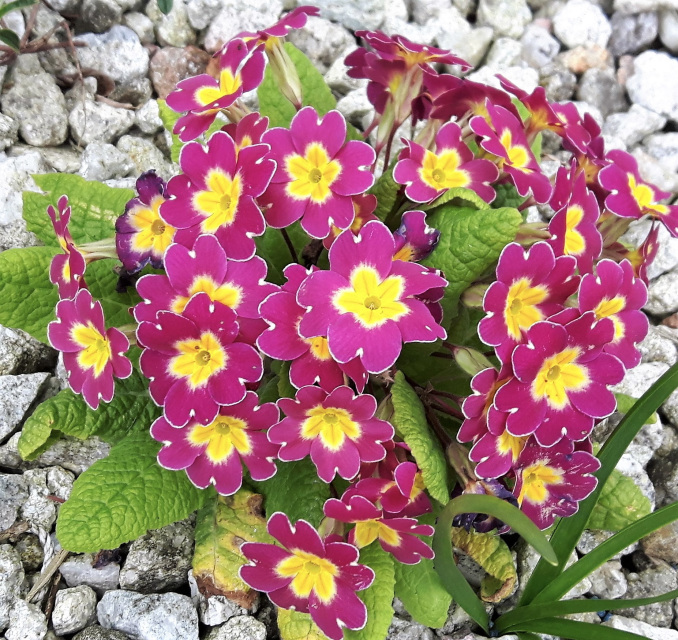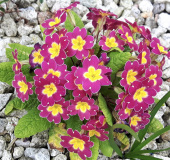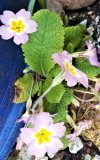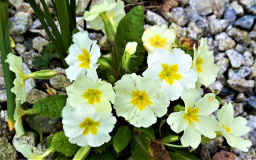- Perennials (Come back every year)
- >
- Browse by Flower Colour
- >
- Yellow / Orange
- >
- Primula vulgaris. (Primrose)
Primula vulgaris. (Primrose)
Primula vulgaris are often seen poking through our hedgerows and wild areas with their beautifully simply little flowers which come in an array of creamy yellow, pale pink, white and darker pink. The yellow perhaps being the most well recognised.
These flowers are fantastic for the garden. They are a herbaceous perennial meaning they die back during there dormant period of summer and autumn and emerge in winter and spring with their bold flowers. This makes them perfect for spring planting around and under summer and autumn plants for continued colour.
The plants are small mound forming eventually growing up to 15 cm tall and 20 wide. It is possible to split these to multiply your collection once they are large enough do this when dormant for best results. The plant will also self seed so look out for fresh new plant popping up creating a naturalised effect. Will grow in beds and border, containers, baskets, gravel, rockery and more.
A very reliable perennial often considered more preferred than the cultivated primulas found throughout stores which although have bolder colours, larger flowers and so on are not as likely to return or multiply year after year.
The flowers from Primula vulgaris are also edible and are wonderful candied on cakes and treats.
And are a wonderful early nectar source for our bees. And are fully hardy
Upon arrival unpack and water place in a cool semi shady spot to allow to recover from shipping. After a day or two these can be planted out. Dig a hole the size of the pot and fill with water. Sprinkle a handful of slow release food granules into the hole (this is optional but will give the plants an added boost and can be purchased with your order) soak the plant pot and remove the whole plant and its soil in one place directly into the hole back firm and firm in well to ensure their are no air pockets. Water in. Should the weather be hot during planting further watering may be necessary. Otherwise simply enjoy and trim back old flowers head once they have gone over.



